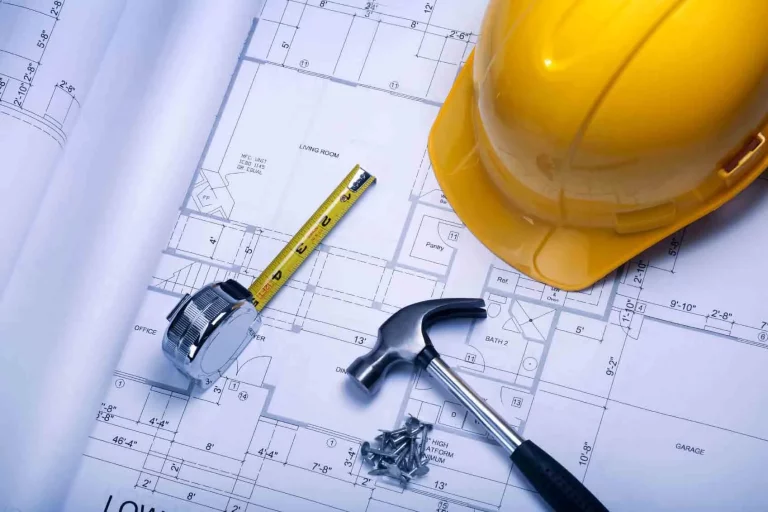The Role of BIM in Electrical Clash Detection and Costing
Unforeseen conflicts during the designing and building phase can result in costly reworks or delays, but this can be averted by utilizing BIM Clash Detection. At the forefront of this process, Building Information Modeling is employed. This tool has completely refined the planning, delivery, and execution of construction projects for every discipline. So, what is clash detection?
BIM Clash Detection – A Detailed Overview
Clash detection is a process of the pre-construction phase that identifies and resolves any possible clashes during the design stage. In simple words, it identifies and resolves conflicts between different components within a construction project. The most typical areas where these clashes arise are architectural, structural, and MEP elements. For further clarification about clash detection, let’s explore its types. They are as follows:
Soft Clash
These clashes arise when there is a violation of spatial arrangement. For instance, insufficient space for maintenance activities.
Hard Clash
These clashes happen when two physical components occupy the same space.
Workflow Clashes
As the name suggests, this clash is related to task scheduling. This will occur when two different tasks are planned for the same time and location.
WANT TO KNOW ABOUT BIM CLASH DETECTION? READ THIS ARTICLE TO FULLY UNDERSTAND WHAT IT IS CAPABLE OF!
So, now you have a general idea about clash detection with BIM. Going further, in this article, we will be discussing what role BIM plays in electrical clash detection. In addition to that, it will also discuss how BIM influences the costing of the process. But first, we will discuss how BIM has improved the realm of electrical systems in a building.
How BIM is Reshaping the Electrical Domain?
With the advent of technology, electrical systems are now being considered the backbone of a building. This is because an electrical system interlinks each discipline together. From architectural to mechanical, plumbing and other components as well. If you are wondering how BIM makes it happen, keep reading ahead!
BIM provides a centralized and collaborative platform where electrical experts perform a clash detection process. After that, they ensure that all the components are optimally integrated before construction is initiated.
From the above, you know how BIM is implemented and how it improves the electrical system. Let’s have a look at what role it plays in electrical clash detection.
Role of BIM Clash Detection in Building’s Electrical System
BIM gathers all the project information and stores it in a single digital platform. Not only this, but it can also automate many routine tasks as well. How this technology has removed inefficiencies in electrical projects will be discussed in the following discussion:
Systematize Project Data
Imagine that you are in the middle of your clash detection process and you cannot find a certain data. With BIM, this can be avoided, as it collects and systematizes all the information which has often been scattered. This means that you can easily locate any piece of information during the electrical clash detection process.
Assigning Established Rules
This technology also offers parametric design ability. This means that the electrical components will follow a certain set of established rules. For instance, lighting fixtures are adjusted based on illumination requirements. Or, automatic sizing circuit breakers based on the load capacity.
Recognizing Design Errors
With BIM’s 3D visualization ability, design or layout errors in an electrical system can be quickly recognized. This means that BIM can reveal any spatial conflict during clash detection of an electrical system. And at the same time, it can also identify any potential issues between the electrical system and other building components.
Point out Clearance Violations
Beyond spatial conflicts, BIM also points out clearance violations in electrical clash detection. For instance, insufficient space for the installation or maintenance of panels. Or, improper separation between power cables.
Now that you have a detailed overview about BIM and how it detects electrical clashes efficiently. Let’s go through how it is able to reduce costs in electrical projects.
How BIM helps in Reducing Costs
As we now know, with BIM, you can visualize any section of a building model. It provides you with extensive information about all the aspects of a building. Thus, you can make the most of it by utilizing BIM for a building’s electrical system. Here’s how it helps:
BIM Estimating Software
The most commonly used BIM Estimating Software is Autodesk Revit. This is an effective tool in identifying and resolving any kind of electrical problems. And the best thing is that it is applied in the design stages. Thus, preventing any chances of rework after the physical construction begins. Also,
This BIM tool has a built-in clash detection feature for the whole building model. This means that BIM can be applied for detecting electrical clashes.
Facilitates Early Detection
BIM allows for virtual testing through integration with certain analysis tools. These tools are able to reveal any clashes or performance issues before energizing of an electrical system.
Cost Estimation With BIM
By leveraging digital models, BIM can create accurate cost estimates for a construction project. BIM can integrate architectural, structural, and MEP data efficiently. This BIM Cost Estimating method automates the tasks of material takeoff and estimating for any other class of construction resources, such as labor, equipment, or overheads. For more detailed and accurate project costing, many construction firms rely on experienced MEP estimators who specialize in BIM-based estimating for electrical, mechanical, and plumbing systems.
APPLY BIM TECHNOLOGY NOW IN YOUR CONSTRUCTION PROJECT, NOT ONLY FOR ELECTRICAL CLASH DETECTION, BUT ALSO FOR ESTIMATING AND PLANNING.
Closing Remarks
With BIM Clash Detection ability in electrical projects, it has transformed how electrical systems are designed, built, and delivered. In this article, we have seen how BIM allows professionals to be proactive and ensure an optimized performance of an electrical system. Not only does this technology provide all the information in one centralized platform, but it also automates everyday tasks. Thus, making the process more seamless and faster. This article also gives some insightful tips on how BIM enables professionals to be cost-effective during the designing, installing, and testing of an electrical system.







